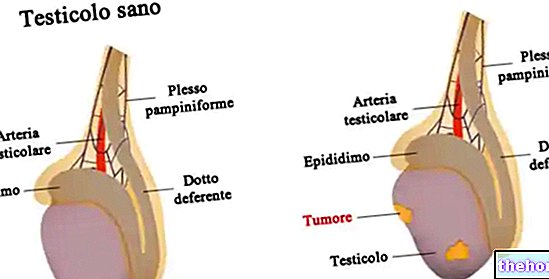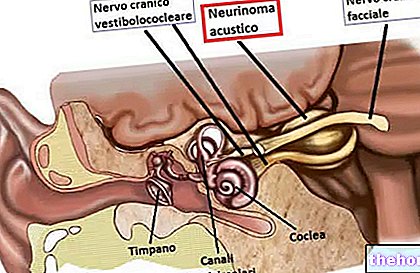Generality
Hamartomas are a particular type of tumor-like lesion.
These neoformations are characterized by an aberrant proliferation of cells and tissues, which are normally found in that particular site of the body; these elements, however, grow in a disorganized way.

Large parenchymal hamartoma of the lung; its yellowish white appearance is due to its adipose and cartilage composition. Image from en.wikipedia.org
The nature of hamartomas is benign (non-cancerous) and, in most cases, does not evolve into a malignant sense. These lesions develop at the same rate as the surrounding tissues and remain localized in the areas of the body where they arise.
Hamartomas can be asymptomatic or give rise to symptoms of compression, deformity or major health problems. If they cause functional disturbances or are unsightly, these masses can be surgically removed.
What's this
Hamartomas are focal hyperplastic formations, ie they derive from an "abnormal proliferation of cells and tissues, confined to the site of origin".
Unlike benign neoplasms, these lesions have a complete structural similarity with respect to the tissue they belong to (ie they are formed by cells and tissues native to the organ in which they are located).
For example, a pulmonary hamartoma may contain: cartilage tissue, sketches of bronchi and alveoli, islands of lymphatic and vascular tissue or a prevalence of one of these components.
Hamartomas can form in many different parts of the body, but are mainly seen in the lungs, liver, biliary tract and nervous system.
Hamartomas are usually asymptomatic and go unnoticed unless they are found in tests performed for other reasons.
In some cases, however, these lesions are bulky and cause compression symptoms.
Causes
At the base of hamartomas, there is an aberrant differentiation, from which cells or tissues are disorganized, but specialized and originating in the specific district of onset. The reasons for this phenomenon have not yet been fully understood.
Hamartomas grow as a disorganized mass, together and at the same rate as the surrounding tissue and the organ from which the lesion originates; unlike cancerous tumors, they only rarely invade or significantly compress surrounding structures.
Traditionally, hamartomas are considered to be the result of a defect in the normal development process. However, many of these lesions have clonal chromosomal aberrations acquired through somatic mutations (similar to what occurs in neoplasms).




























